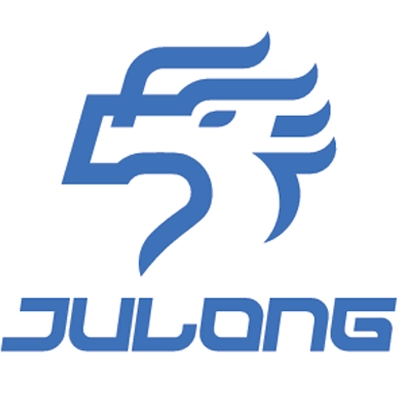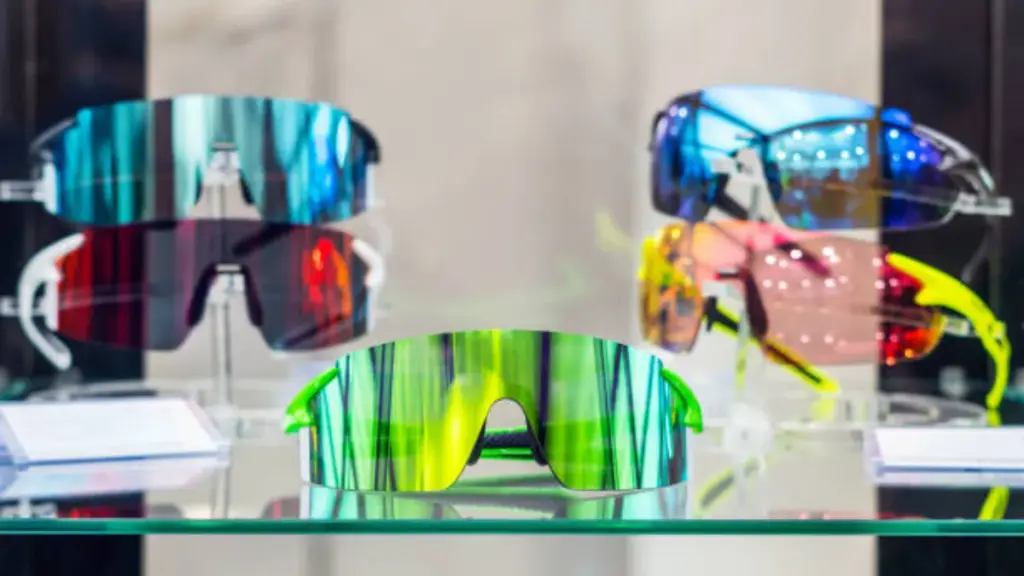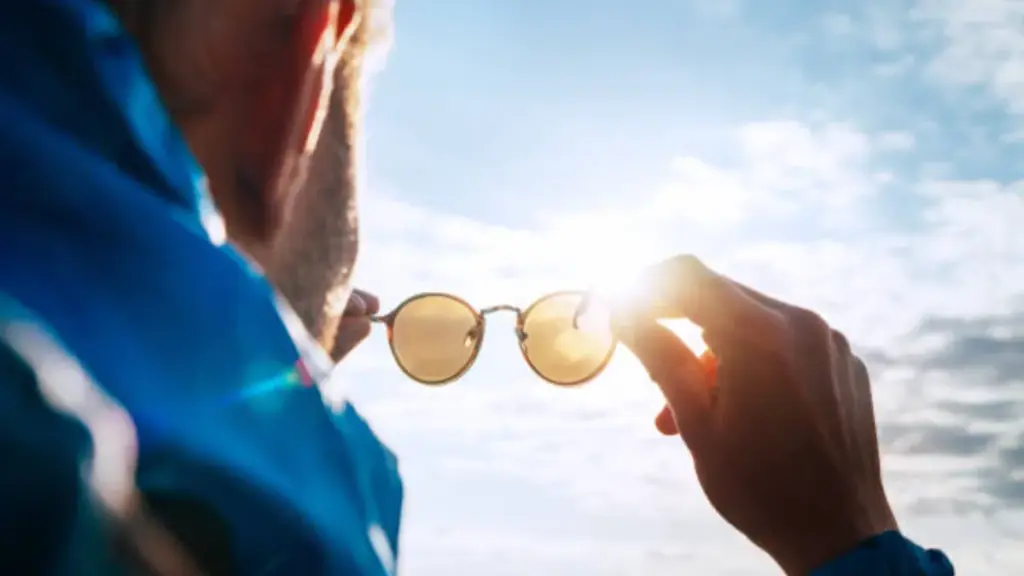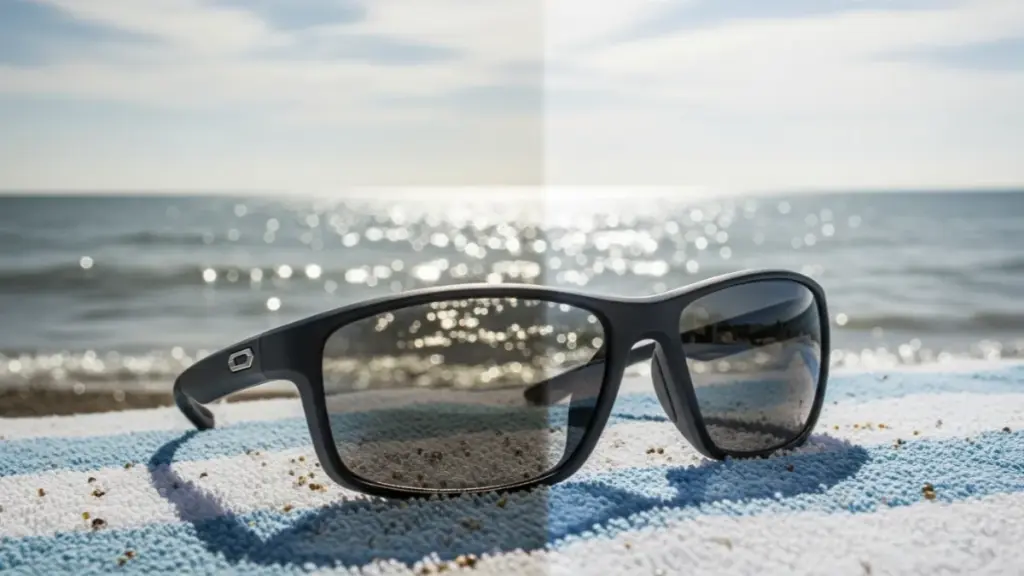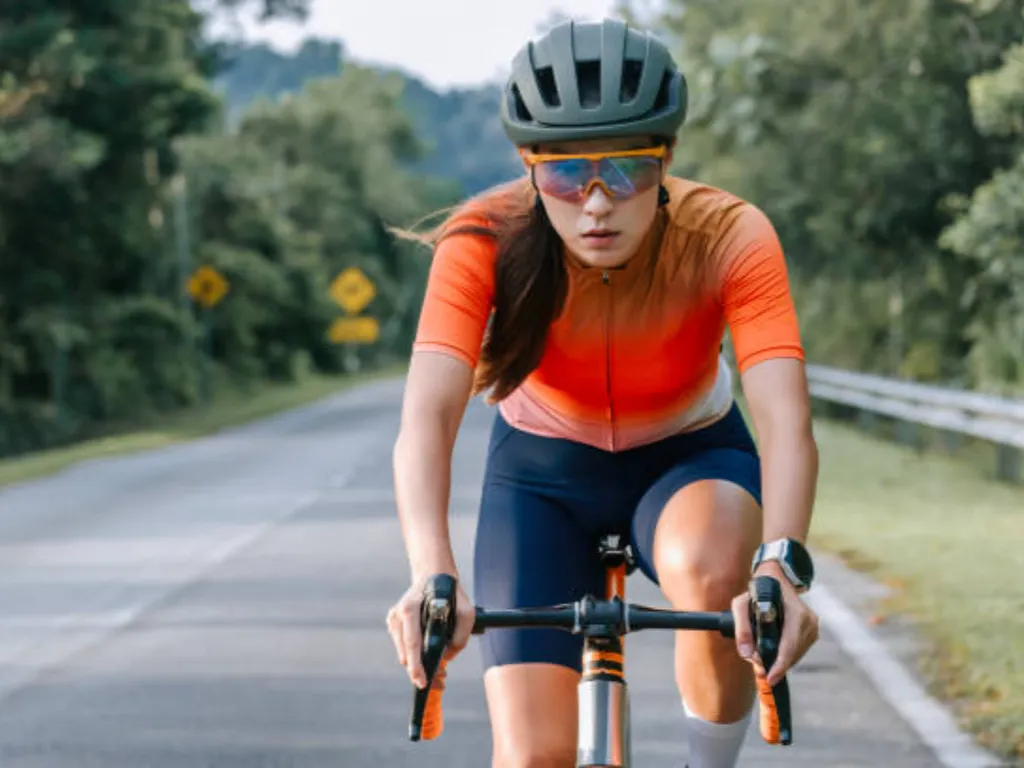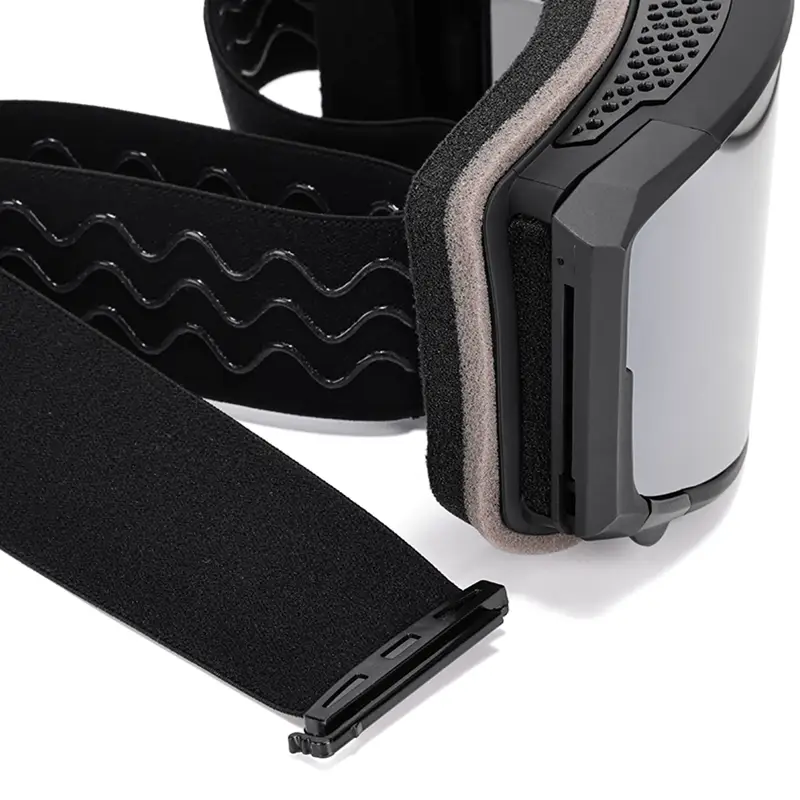Cosa sono i telai TR90 e il policarbonato?
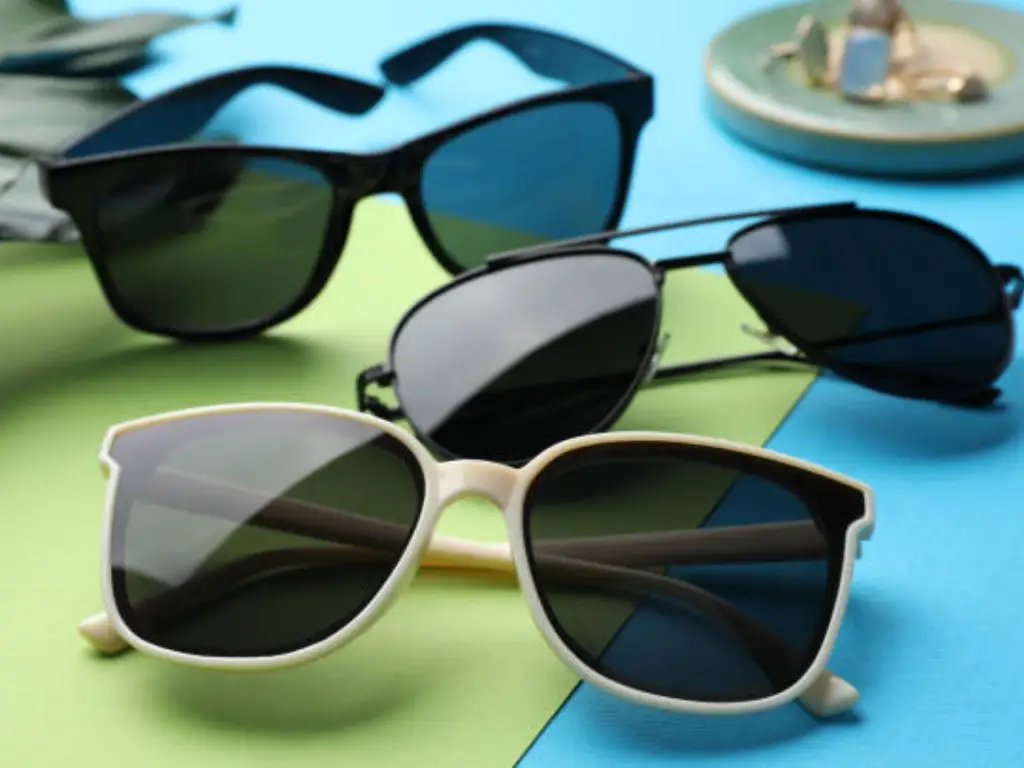
TR90 e il policarbonato sono due materiali ampiamente utilizzati nel settore degli occhiali, valutato per le loro proprietà leggere e la durata strutturale. Comprendere la loro composizione e origine aiuta a valutare la loro idoneità per varie applicazioni.
TR90 è un polimero termoplastico sviluppato da EMS-Grivory, un produttore chimico svizzero. Appartiene alla famiglia delle poliammidi (a base in nylon), noto per la flessibilità, Resistenza alla fatica, e bassa densità. È particolarmente favorito in telai oculari piegati a iniezione perché combina forza con la piegabilità.
Policarbonato (PC) è duro, Termoplastico trasparente derivato dal bisfenolo A (BPA) e phosgene. È stato commercializzato negli anni '50 ed è ampiamente utilizzato in applicazioni ad alto impatto, compreso il vetro balistico, lenti industriali, e attrezzatura di sicurezza. Mentre il policarbonato è comunemente usato negli obiettivi, Viene anche utilizzato per le strutture del telaio in occhiali per prestazioni e sicurezza.
TR90 vs policarbonato: Un confronto completo della performance materiale e del mondo reale
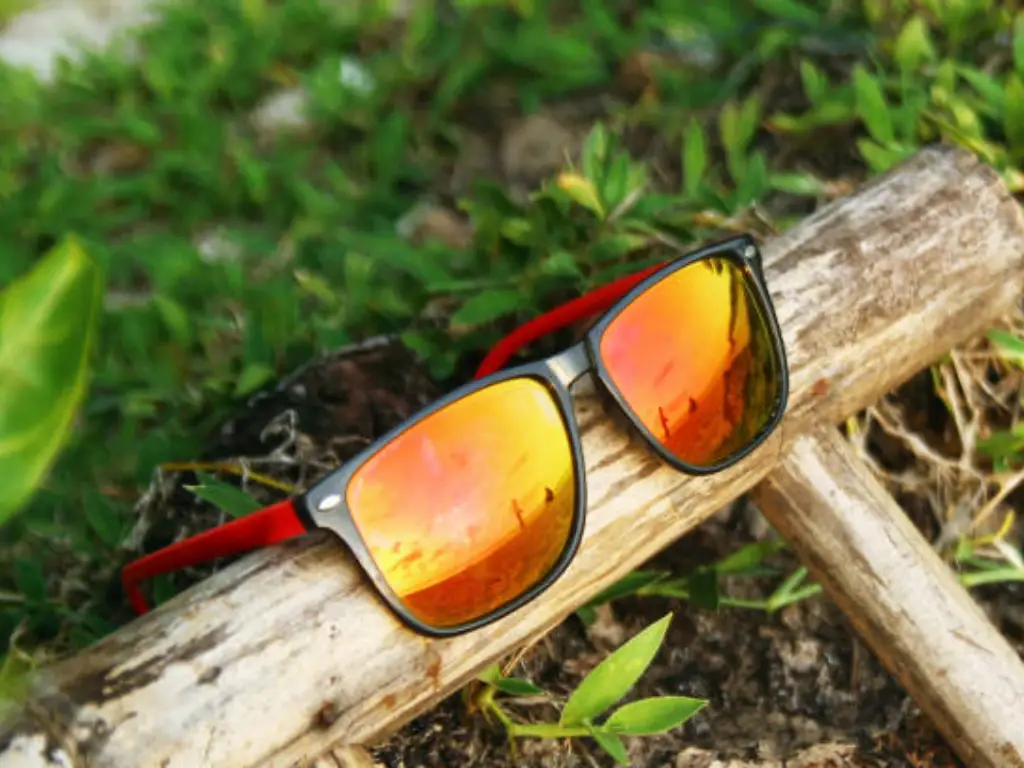
La scelta del materiale giusto per i frame degli occhiali da sole implica la comprensione sia delle proprietà meccaniche sottostanti che di come quelli si traducono in prestazioni del mondo reale. Di seguito è riportato un confronto tecnico dettagliato di TR90 e policarbonato:
Densità e peso
- TR90: ~ 1,14 g/cm³
- Policarbonato: ~ 1,20 g/cm³
La differenza può apparire minore, Ma in cornici di grandi volumi o design avvolgenti, La minore densità di TR90 contribuisce in modo significativo al comfort durante l'uso prolungato. Secondo EMS Database dei materiali, TR90 mantiene un eccellente rapporto rigidità-peso, che è ideale per gli occhiali da sole attivo e importante per lo sport e l'uso di lunga durata.
Flessibilità e modulo elastico
- TR90 (Grilamid Tr): Modulo di flessione ca.. 1.3–1,5 GPA
- Policarbonato: Modulo di flessione ca.. 2.2–2.6 GPA
Il policarbonato è significativamente più rigido, rendendolo più incline a sbiancamento dello stress o frattura in sezioni sottili. Al contrario, Il modulo inferiore di TR90 gli consente di piegarsi sotto pressione e tornare alla sua forma originale. Questo comportamento di "memoria" è stato dimostrato nei test di recupero della curva certificati ISO 178. COSÌ, TR90 offre una maggiore resilienza e tolleranza alla deformazione, Ridurre il rischio di crack di telaio durante gli impatti accidentali.
Resistenza all'ambiente in uso
- Policarbonato: Impatto dentellato Izod > 850 J/m (ASTM D256)
- TR90: Ca.. 600–750 J/M a seconda della formulazione della miscela
Il policarbonato mostra una resistenza all'impatto grezzo superiore nelle impostazioni di laboratorio ed è spesso utilizzato negli occhiali classificati in sicurezza. Resiste a drop test fino a 2.0 m sotto uno 166 standard. Tuttavia, La struttura flessibile di TR90 aiuta ad assorbire e distribuire la forza dinamica attraverso il frame, rendendolo più affidabile per l'uso quotidiano in cui i frame devono recuperare forma dopo torsione o collisioni minori. Per sport e abbigliamento casual, TR90 si comporta bene sotto stress moderato.
Stabilità termica e resistenza ai raggi UV
| Proprietà | TR90 | Policarbonato |
| Temp di transizione di vetro (Tg) | ~ 155 ° C. | ~ 147 ° C. |
| Temp di deflessione del calore (Hdt) | ~ 110–120 ° C. (Iso 75-2) | ~ 130 ° C. (Iso 75-2) |
| Stabilità UV (Iso 4892-2) | Eccellente con gli additivi | Fair senza rivestimento |
TR90 mantiene l'integrità meccanica e la stabilità del colore anche dopo un'esposizione UV prolungata, mentre il policarbonato tende a giallo nel tempo se non rivestito. In condizioni estremamente fredde, Il policarbonato può diventare fragile (sotto -20 ° C.), mentre TR90 mantiene la sua forma e flessibilità. Queste differenze sono fondamentali per gli utenti all'aperto o alpino.
Umidità e resistenza chimica
TR90 ha un tasso di assorbimento d'acqua di <0.2% (24H), rispetto a 0.35% per policarbonato (Iso 62), che aiuta a mantenere la stabilità dimensionale in ambienti umidi. Supera anche il policarbonato in resistenza ai filtri solari, sudore, e solventi lievi - essenziali per gli occhiali sportivi o sulla spiaggia.
Considerazioni sulla produzione
- TR90 è più facile da iniettare a pressioni più basse, Supportare design più sottili e meno difetti.
- Policarbonato richiede temperature di stampaggio più elevate e ricottura per prevenire il cracking di stress interno.
Durabilità e vestibilità a lungo termine
TR90 mantiene l'elasticità e resiste al crack di fatica nel tempo, rendendolo altamente resistente per uso frequente. Policarbonato, sebbene robusto inizialmente, può sviluppare microfratture sotto stress chimico o meccanico. Entrambi i materiali sono ipoallergenici e biocompatibili, Ma il contenuto di monomero residuo inferiore di TR90 e la finitura più fluida lo rendono più favorevole alla pelle in contatto di lunga durata.
Nota: Tutte le specifiche dei materiali e i dati sulle prestazioni provengono da schede dati tecnici del produttore (PER ESEMPIO., EMS-GRIVORY, Picoplast), Standard ISO/ASTM, e database di materiali indipendenti come MatWeb. Le prestazioni possono variare in base alla formulazione e alle condizioni di produzione.
Insomma, TR90 dimostra una flessibilità superiore, UV e resistenza chimica, e durata focalizzata sul comfort-Ideale per abbigliamento attivo e occhiali da sole quotidiani. Il policarbonato rimane prezioso nelle applicazioni di sicurezza ad alto impatto.
Flessibilità estetica e design: Opzioni di stile rispetto
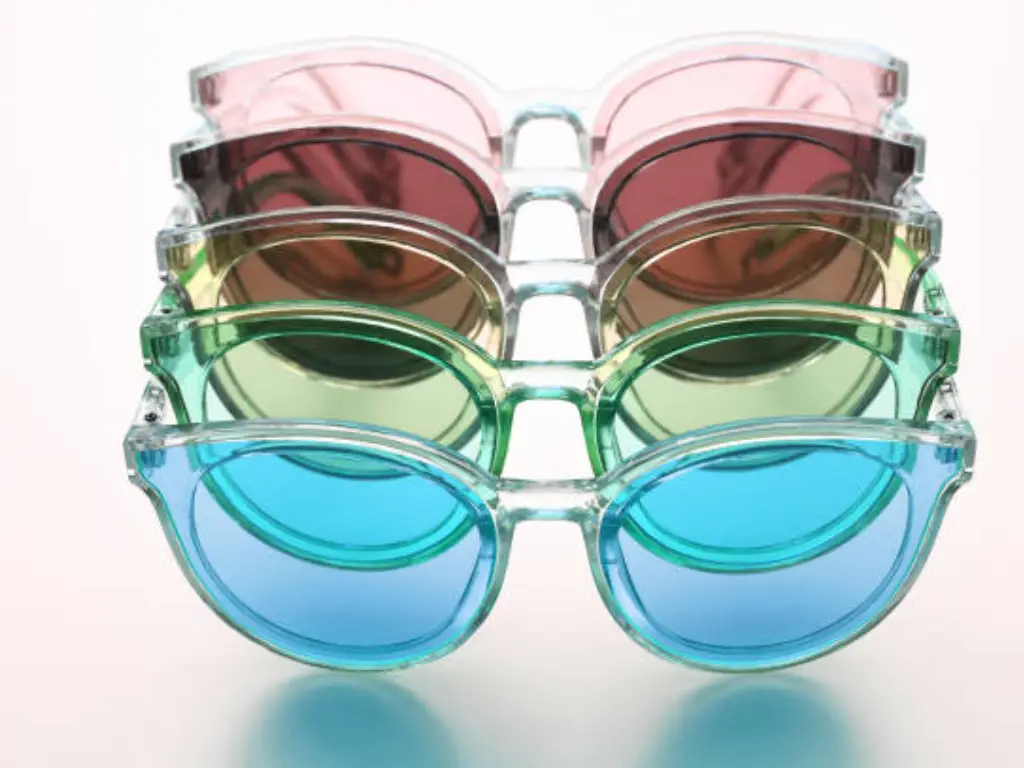
Eyewear è tanto un'affermazione di moda quanto uno strumento funzionale. Il potenziale estetico e la flessibilità di progettazione di TR90 e policarbonato svolgono un ruolo chiave nello sviluppo del prodotto.
- TR90 Supporta una vasta gamma di spessori del telaio, trame di superficie, e colori. La sua bassa viscosità di fusione lo rende ideale per lo stampaggio a iniezione ad alta precisione, consentendo cerniere senza soluzione di continuità e ponti minimalisti.
- Policarbonato, essere più rigido e meno flessibile, Limita il design del telaio a più sicuro, Geometrie più conservatori. Angoli affilati o profili ultrasottili possono portare a punti di stress e sbiancamento.
Capacità di personalizzazione
- TR90 può essere colorato in massa o post-elaborato, offrire opachi, lucido, traslucido, e le finiture del gradiente. Queste caratteristiche sono preziose nel design dello stile di vita e dell'abbigliamento sportivo.
- Policarbonato è meno versatile per le finiture decorative e spesso ha bisogno di rivestimenti per ottenere l'estetica desiderata.
Progettare innovazione
TR90 consente i cuscinetti del naso integrati, Stili avvolgenti, e cornici a forma di memoria. Questo apre possibilità per i design ibridi (COMBINAZIONI METAL-TR90) senza compromettere la stabilità strutturale.
TR90 è il chiaro vincitore per la moda, Prodotti ad alta intensità di design. Il policarbonato rimane più adatto agli occhiali protettivi dove la forma segue la funzione.
Prezzo e valore: Quale materiale offre un ROI migliore?
Comprensione del costo totale della proprietà (TCO) e il ROI è cruciale quando si confrontano i materiali del telaio.
| Fattore | TR90 | Policarbonato |
| Costo delle materie prime | Inferiore | Moderare |
| Costo di elaborazione | Inferiore (Facile da modellare) | Più alto (richiede il rivestimento) |
| Durata media | 2–3 anni (Uso quotidiano) | 3–5 anni (Uso di specialità) |
| Versatilità del design | Alto | Moderare |
| Casi d'uso comuni | Stile di vita, lettura, sport | Sicurezza, prescrizione, tattico |
- TR90 I frame sono più facili ed economici da sostituire o produrre ad alto volume, rendendoli ideali per marchi focalizzati sui consumatori e SKU in rapido movimento.
- Policarbonato Fornisce maggiori prestazioni a lungo termine nei casi d'uso di nicchia, Ma la sostituzione o le riparazioni del telaio possono essere più complesse a causa della sua rigidità e costo del rivestimento.
TR90 offre un ROI migliore per i marchi incentrati su Eyewear di tutti i giorni. Il policarbonato giustifica costi più elevati in alto rischio, Applicazioni ad alta affidabilità.
TR90 vs policarbonato: Una guida rapida in base alle tue esigenze

La scelta tra TR90 e policarbonato dipende da come e dove verranno utilizzati gli occhiali. Di seguito è riportata una guida concisa su misura per le diverse esigenze dell'utente.
Consumatori quotidiani e lifestyle wolding
Raccomandato: TR90
Per l'abbigliamento quotidiano, pendolarismo, o uso casuale, TR90 offre un accendino, Frame più flessibile con un ottimo comfort durante il giorno. Resiste al degrado UV, Mantiene forma in variazioni di temperatura, e si sente liscio contro la pelle.
Appassionati di sport e all'aperto
Raccomandato: TR90 (per uso generale), Policarbonato (Per ambienti ad alto impatto)
TR90 si comporta bene per la maggior parte delle attività ricreative come la corsa, escursionismo, o ciclismo a causa del suo recupero di curva, Resistenza al sudore, e comfort sotto movimento. Per una maggiore stabilità durante l'allenamento o le lunghe corse, occhiali da ciclismo offre un telaio TR90 ottimizzato per lo sport. Julong fornisce anche specializzato occhiali Progettato per il motociclismo ad alto impatto e la protezione degli sport estremi.
Sicurezza e uso industriale
Raccomandato: Policarbonato
Il policarbonato soddisfa gli standard normativi come ANSI Z87.1 e EN166 per resistenza ad alto impatto, rendendolo essenziale per la fabbrica, laboratorio, o impostazioni di costruzione. Le sue capacità di integrazione di rigidità e frame lente lo rendono adatto agli ambienti in cui è obbligato la protezione agli occhi.
Condizioni meteorologiche estreme
Raccomandato: TR90 (caldo/umido), Policarbonato (Uso freddo/rigido)
TR90 mantiene la sua forma ed elasticità nelle regioni umide o alte UV, mentre il policarbonato può essere preferito in condizioni di sotto zero che richiedono rigidità strutturale, Sebbene la fragilità possa essere una preoccupazione. Per sci o sport freddi, Julong offre occhiali riscaldati e anti-Fog su misura per le prestazioni e la visibilità all'aperto.
Ancora indeciso? Esplorare il nostro prodotti per sperimentare la differenza nel comfort, durata, e stile in prima persona.
